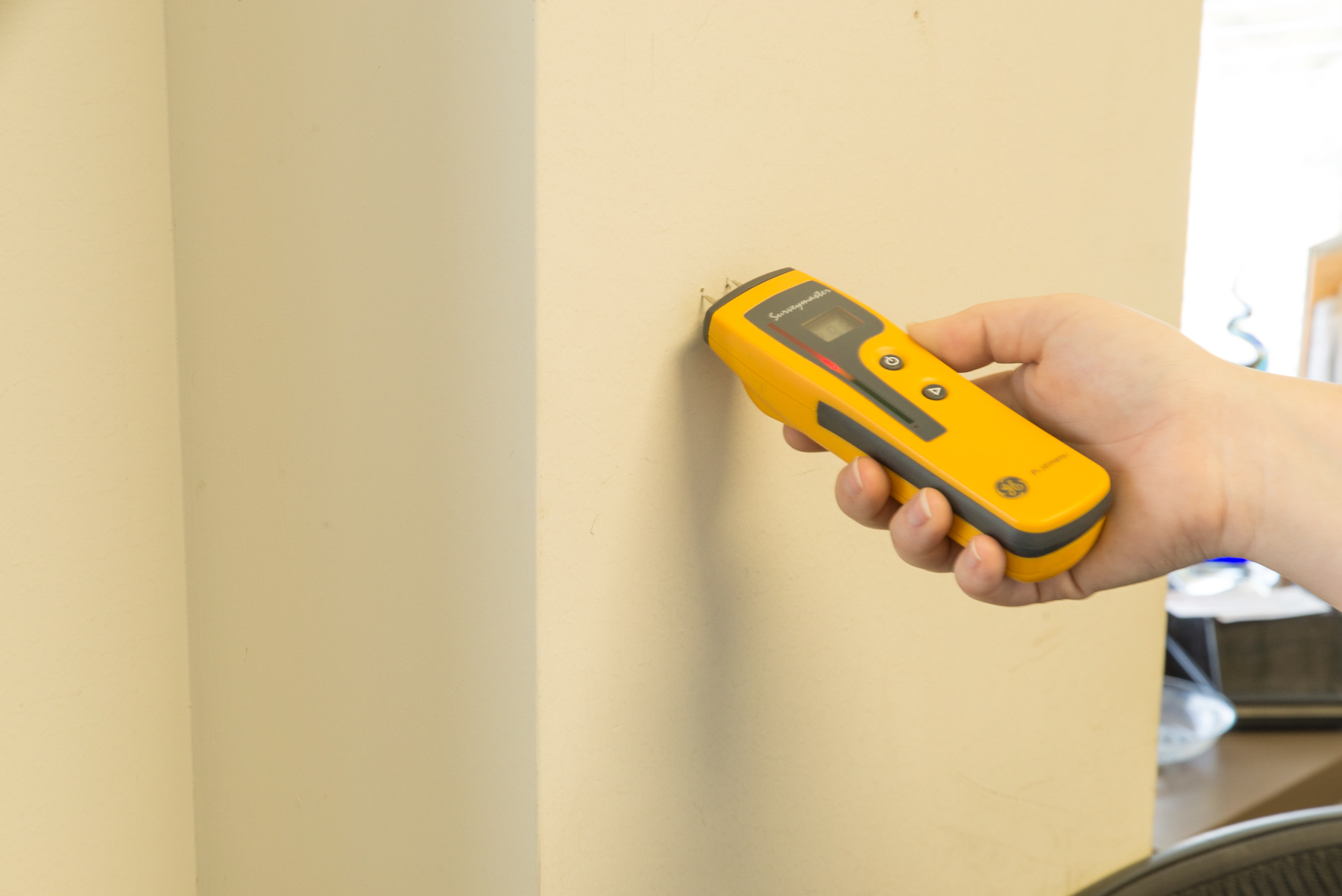Indoor Air Quality Areas
Documents
Reporting IAQ Concerns
Gas Odors Indoors/Near Buildings
If you smell a gas odor, or if a gas monitor alarm sounds and reads “GAS”:
- Call the Communications Center at 979-845-4311 and provide them your name, the location of the leak, and where you will meet the emergency responders. If there is no answer, call 911 from a cellular or university phone.
- Warn others in the immediate area
- Evacuate the immediate area
- Notify the Department Head, Building Proctor, Resident Advisor if appropriate
- Prevent the use of or remove sources of ignition (cigarettes, electrical equipment, etc.) from the area
- Meet with and assist emergency response personnel
- Do not re-enter the area until cleared by authorized personnel
Physical Discomfort
Contact Facilities Services or submit a work order for the following concerns:
- Temperature or humidity issues
- Stagnant or stale air
- Drafty air
- Particulates or dirt coming from the HVAC system diffusers
- Pressure balance issues
Odor Complaints
Contact Facilities Services or submit a work order for odors associated with the following:
- Rotten eggs
- Sewer
- Musty/stagnant air
Contact EHS for strong or unusual odors associated with the following:
- Chemicals
- Spills or accidental releases of hazardous materials
NOTE: All incidental releases of chemicals should be handled as indicated by the associated Safety Data Sheet (SDS) and lab or work area standard procedures.
Health Concerns
Employees who have health related concerns that they believe may be related to their work environment should notify their supervisor and submit the Indoor Air Quality Survey Request. EHS will contact the requestor to schedule an investigation of the work area. Departmental administration should provide reasonable accommodations to the affected employee, as needed.
Mold
Contact Facilities Services if there is a concern of visible mold with less than 25 square feet of coverage, or if there are odors associated with a recent water intrusion (flood, leak, broken pipe, etc.) or HVAC system malfunction. Contact EHS if there is a concern of mold without an obvious source or with visible coverage exceeding 25 square feet.
Reference Links
- Texas Department of Licensing and Regulation State Health Services - Mold Program
- Centers for Disease Control & Prevention (CDC) - Mold Information
- Centers for Disease Control & Prevention (CDC) - Indoor Environmental Quality
- Occupational Safety and Health Administration (OSHA): Indoor Air Quality
- United States Environmental Protection Agency (EPA): Introduction to Indoor Air Quality
